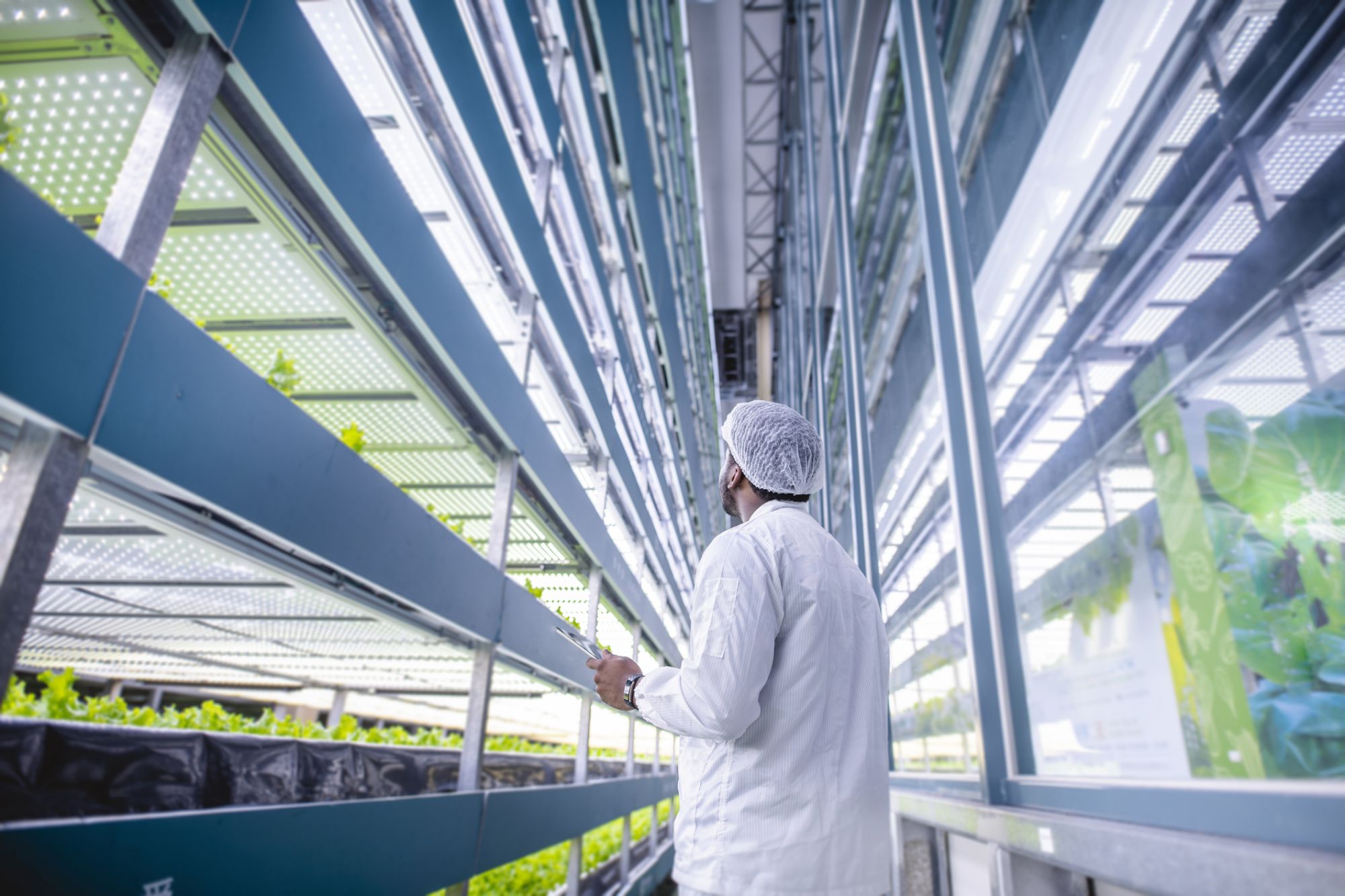A growing demand for food is bringing about changes in agriculture, which will mainly be evidenced in precision farming
Precision agriculture, or precision farming, is a new approach relying on digital innovations such as artificial intelligence (AI), drones, intelligent sensors, mobile applications and satellite technologies. These technologies, analysing real-time data about soils, livestock and weather, support farmers in making the best decisions regarding their crops.
This will mean billions of savings and possible yield productivity increases of 70 percent by 2050. The market for connected agricultural products and services could add US$500 billion to global GDP by 2030.
Smart agriculture solutions could help save money and improve crop yields through various tools.
Drones
Agriculture may be one of the largest potential markets for commercial drone usage given the vast amount of land needed for mapping, monitoring, and spraying.
Drones combined with advanced AI algorithms could become an efficient technique for aerial crop and cattle surveillance, precision irrigation, planting, and spraying as well as identifying diseases. Drones also collect data via images or video, which are then stored in the cloud to create predictive models and guide farmers’ decisions. Data is becoming the most critical element in increasing economic value on farms—it empowers farmers to make more profitable and sustainable decisions.
See also: How This Entrepreneur’s New Agri-Fintech Startup Is Helping Underserved Farmers To Stay Competitive

Autonomous machinery
The use of autonomous vehicles drives higher efficiency by freeing up time and requiring less human labour. Moreover, autonomous machinery lowers fuel consumption due to more precise routing than human-operated tractors and can be used for harvesting, planting, spraying and other tasks relying on sensors, GPS and radars combined with machine learning algorithms.
It can be adapted to monitor plant development (planting, fertilising, harvesting) or support weather-related changes in the environment (debris, drought, dust, mud).
Smart irrigation systems
Precision irrigation denotes sensors applying the exact amount of water required by plants. This allows for improved yields, while simultaneously reducing water and electricity consumption.
Vertical farming
The United Nations estimates that urbanisation will cause a yearly loss of 1.6 to 3.3 million hectares of agricultural land in the 2020 to 2030 period. Vertical farming—an indoor approach consisting of controlling all environmental factors such as light, humidity and temperature, with the aim of producing more food by harvesting crops vertically—can help solve land scarcity.
We estimate vertical farming could meet 80 percent of food demand in urban areas. The advantages of vertical farming include:
- Not subject to unfavourable weather conditions
- Helps to improve the consistency of local crop production
- Reduces food prices, as transport and intermediary costs are low
- Uses no toxic fertilisers that could affect the health of farmers and consumers
- Enables the cultivation of various crop types ranging from leafy greens and tomatoes to herbs and flowers, as well as microgreens
Various high-tech cultivation methods of replacing soils, such as aeroponics, hydroponics and aquaponics, can help in developing sustainable agriculture.

